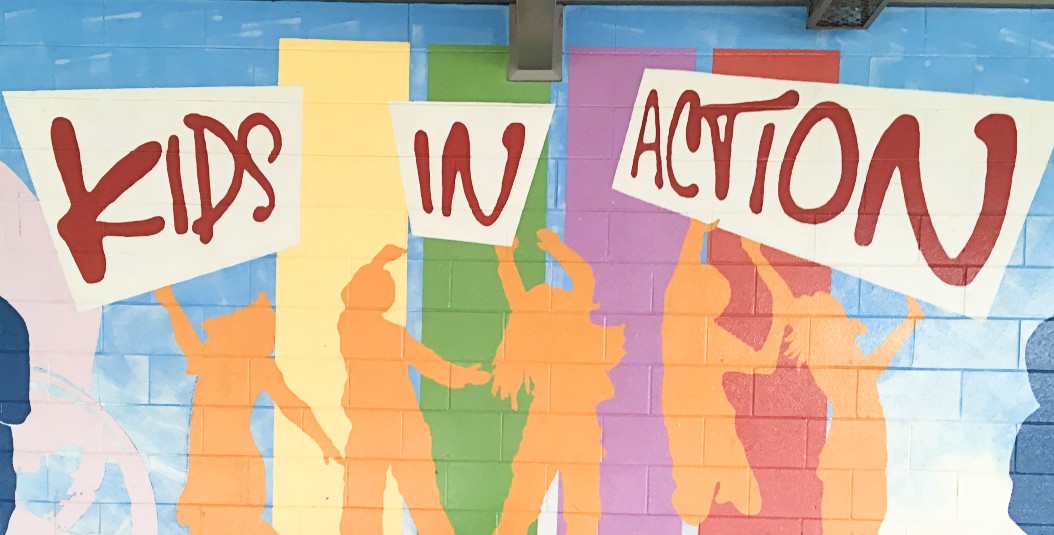
Dr. A.R. Lord Elementary’s Code of Conduct promises a “safe and supportive environment” on school grounds, on field trips, and during online learning. It embraces the Vancouver School Board’s district-wide conduct framework (AP 350), explicitly affirms the BC Human Rights Code, and applies the values of the school’s P.R.I.D.E. matrix—Purpose, Respect & Responsibility, Integrity, Diversity, and Engagement. The code describes logical consequences for behaviour, outlines escalation protocols, and includes a mechanism to distinguish between “mean” and “bullying” behaviour. It references student participation in restorative action and states that considerations such as age, maturity, and IEP goals will be taken into account. Learn and Play with P.R.I.D.E.
Dr. A.R. Lord conduct decision flow
- Behaviour observed – Determine whether the incident is “mean,” “rude,” or bullying.
- Mild incident – Redirect, review expectations, invite reflection.
- Moderate or repeated incident – Document, inform family, escalate within staff team, apply consequences such as privilege loss or structured repair.
- Severe or chronic behaviour – Involve school administrators; document incident; consult district or external agencies; consider suspension (within the 5-day maximum per VSB guidelines).
- Framing principles – Age, developmental context, and IEP goals must be considered; retaliation against those who report harm is explicitly prohibited.
⚠️ Critical analysis
✅ Strengths
- Rights-based grounding: The code references the BC Human Rights Code and includes a clear statement of anti-discrimination principles.
- Differentiated behavioural language: By distinguishing “mean” from “bullying,” the code attempts to clarify intent and avoid overpathologising one-time peer conflict.
- Restorative intent: Language around repair, student involvement, and logical consequences signals a shift away from punitive discipline.
- Integration of IEP considerations: The code affirms that student developmental profiles and learning plans must inform responses to behaviour.
- Whole-school programming: Frameworks like Zones of Regulation™, Second Step®, SOGI 123, and Social Thinking™ are in active use at the school, indicating a broader foundation of emotional literacy and inclusion.
❌ Gaps
- Performative leadership culture: The implementation of P.R.I.D.E. and student “leadership” roles risks rewarding behavioural compliance over critical thinking, self-advocacy, or community care. The values are adult-defined, abstract, and selectively celebrated. Students who struggle with regulation or communication may be excluded from visibility, voice, and validation—not because they lack values, but because their distress shows.
- Neurodivergent exclusion from “leadership”: The current model of behaviour-based leadership selects for students who are already fluent in expected norms. Students with demand avoidance, sensory processing differences, executive dysfunction, or trauma-based shutdowns are implicitly framed as followers—never as models of success.
- Restorative process under-defined: While student participation in consequence development is encouraged, there is no clearly structured restorative process—no mention of mediated conversation, follow-up, or collective accountability practices.
- Absence of anti-collective punishment safeguards: The code contains no prohibition on whole-class or group consequences. There is no guidance to ensure that consequences are individualised.
- Disability lens is under-operationalised: While IEPs are referenced, there is no required process for staff to determine whether a behaviour was disability-related before implementing consequences.
- No appeal or accountability pathway: There is no documented process for families to challenge disciplinary decisions or request outside review.
Neurodiversity lens: summary table
| Dimension | Assessment | Notes |
|---|---|---|
| Disability justice | ⚠️ Partial | IEP mentioned but no structured evaluation or safeguards before consequences |
| Neurodivergent-aware | ❌ Weak | Sensory, executive, or trauma-based needs unmentioned |
| Restorative scaffolding | ⚠️ Partial | Participation named, but process missing |
| Protection from collective consequences | ❌ Absent | No language prohibiting group discipline |
| Appeal & review pathways | ❌ Absent | No family/student-led recourse or inquiry route |
Overall assessment: ★★☆☆☆
Dr. A.R. Lord Elementary’s Code of Conduct is aspirational, legally grounded, and gently framed—but that softness conceals gaps in protection, clarity, and voice. A neurodivergent child reading this code would find little indication that their way of being is anticipated, supported, or affirmed. Leadership is defined in behavioural terms; restoration is implied but unstructured; equity is referenced but not enacted.
Recommendations
- Redefine leadership: Celebrate co-regulation, relational repair, access advocacy, and neurodivergent wisdom as core leadership capacities—not just regulation and rule-following.
- Name what inclusion requires: Spell out support practices for students who experience sensory overload, executive dysregulation, masking collapse, or trauma response.
- Prohibit collective punishment: Add explicit language banning group-based discipline or privilege withdrawal.
- Build restorative process: Implement structured circles, staff training, and follow-up documentation for harm repair.
- Require pre-consequence disability review: Ensure behavioural responses for students with IEPs or known support needs are reviewed collaboratively before action is taken.
- Create transparent appeal processes: Offer families and students a pathway to question decisions, seek support, and participate in restorative planning.
Interpretive note and invitation for feedback
This analysis reflects the perspective of one parent, grounded in lived experience, trauma-informed principles, and a neurodiversity-affirming framework. It is not legal advice. If the school district leadership believes this reading misrepresents the intent or implementation of its Code of Conduct, I welcome clarification—and the opportunity to revise my understanding.
- To educators: These critiques are not intended to shame or condemn. They are written to illuminate the structural patterns that shape how school policies are experienced by disabled students and their families. If you feel your school’s Code of Conduct has been mischaracterised, or if important context or corrections are missing, your insight is welcome. Thoughtful disagreement and collaborative improvement are always invited.
- To families: If you recognise your child—or yourself—in these patterns, or if your experience has been different, I want to hear from you. Whether a policy has caused harm, offered support, or raised questions, your perspective matters. Stories, corrections, and clarifications all help us understand how these codes function in real schools, for real people. Honest dialogue is how we build something better.







